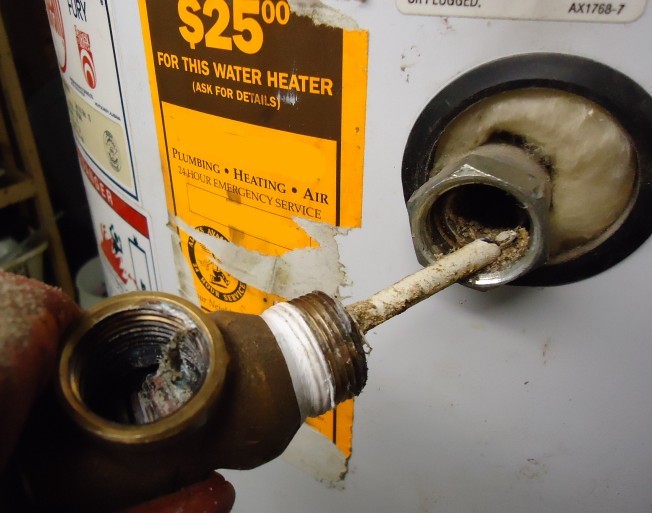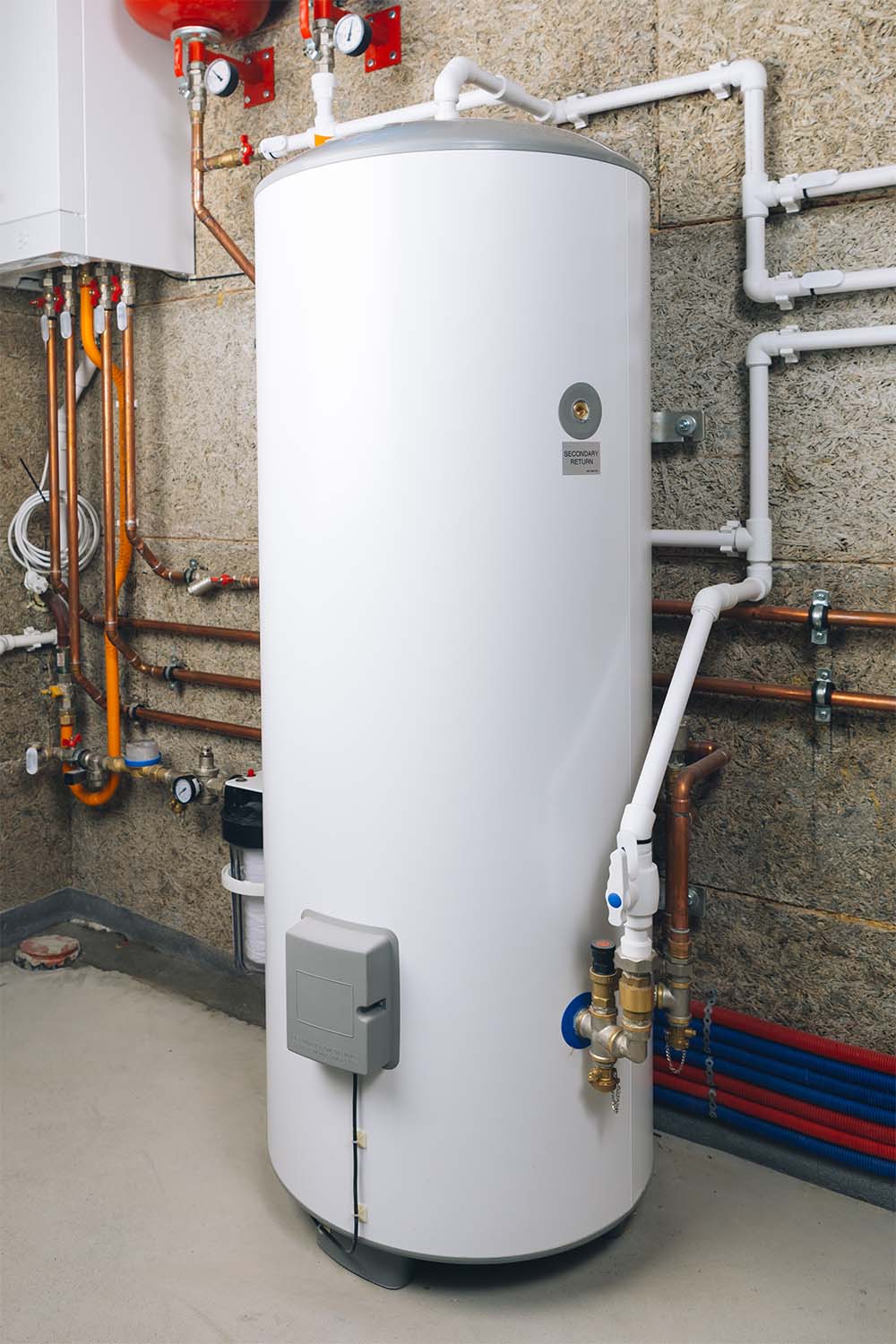This article following next involving Water Heater Maintenance Tips You Can't Afford to Forget is quite engaging. You should read it.

Hot water is crucial for day-to-day comfort, whether it's for a refreshing shower or cleaning meals. To ensure your hot water system runs successfully and lasts much longer, routine maintenance is crucial. This short article provides sensible ideas and insights on just how to preserve your home's warm water system to prevent disruptions and pricey fixings.
Introduction
Keeping your home's hot water system might appear challenging, yet with a few simple actions, you can ensure it runs smoothly for several years to come. This overview covers whatever from understanding your warm water system to do it yourself maintenance pointers and understanding when to call in expert help.
Relevance of Maintaining Your Warm Water System
Regular maintenance not just extends the life expectancy of your hot water system yet also guarantees it runs effectively. Disregarding maintenance can bring about decreased effectiveness, greater energy expenses, and also premature failure of the system.
Indicators Your Hot Water System Requirements Upkeep
Knowing when your hot water system requires attention can avoid major issues. Keep an eye out for signs such as inconsistent water temperature, strange sounds from the heater, or rustic water.
Recognizing Your Warm Water System
Before diving right into upkeep jobs, it's useful to comprehend the fundamental elements of your warm water system. Typically, this includes the water heater itself, pipes, anode rods, and temperature level controls.
Month-to-month Upkeep Tasks
Regular monthly checks can assist capture small concerns before they escalate.
Flushing the Water Heater
Flushing your hot water heater gets rid of debris build-up, boosting efficiency and prolonging its life.
Checking and Replacing Anode Rods
Anode rods stop rust inside the container. Evaluating and changing them when broken is critical.
Inspecting and Changing Temperature Settings
Adjusting the temperature settings makes certain optimal performance and safety.
DIY Tips for Maintenance
You can perform several upkeep jobs on your own to maintain your warm water system in leading condition.
Checking for Leaks
Routinely examine pipes and connections for leaks, as these can lead to water damages and greater expenses.
Evaluating Pressure Alleviation Valves
Testing the stress safety valve ensures it functions correctly and protects against extreme stress accumulation.
Insulating Pipes
Shielding warm water pipes reduces warmth loss and can conserve power.
When to Call an Expert
While DIY upkeep is helpful, some problems require specialist expertise.
Facility Problems Requiring Specialist Assistance
Examples consist of major leaks, electric issues, or if your hot water heater is constantly underperforming.
Routine Specialist Maintenance Conveniences
Expert maintenance can include extensive assessments, tune-ups, and making sure compliance with safety requirements.
Final thought
Regular maintenance of your home's warm water system is vital for efficiency, long life, and expense savings. By adhering to these suggestions and recognizing when to seek specialist help, you can guarantee a reputable supply of warm water without unforeseen disturbances.
How to Maintain an Instant Hot Water Heater
Before tinkering with your hot water heater, make sure that it’s not powered on. You also have to turn off the main circuit breaker and shut off the main gas line to prevent accidents. Also turn off the water valves connected to your unit to prevent water from flowing into and out of the appliance. 2. When you’re done, you have to detach the purge valves’ caps. These look like the letter “T†and are situated on either side of the water valves. Doing so will release any pressure that has accumulated inside the valves while at the same time avoid hot water from shooting out and burning your skin. 3. When the purge valves’ caps are removed, you have to connect your hosing lines to the valves. Your unit should have come with three hoses but if it didn’t, you can purchase these things from any hardware or home repair shops. You can also get them from retail stores that sell water heating systems. Read the user’s manual and follow it to complete this task properly. When the hosing lines are connected, open the purge port’s valves. 4. You should never use harsh chemical cleaners or solutions when cleaning your unit. Make use of white vinegar instead. It should be undiluted and you’ll probably use about 2 gallons. 5. Now flush your water heater. This task should probably take about 40 minutes. We can’t give you specific directions for this because the procedure is carried out depending on the type, model and brand of your heater. With that being said, refer to the user’s manual. 6. When you’re done draining the unit, you have to turn off the purge port valves again. Remove the hosing lines that you earlier installed on each of the water valves. Put the valve caps (purge port) back in their respective places and be very careful so as not to damage the rubber discs that are found inside these caps. 7. Now that everything’s back in place, check your user’s manual again to find out how to reactivate your water heating system. 8. Once it is working, turn one of your hot water faucets on just to let air pass through the heater’s water supply pipes. Leave the tap on until water flows smoothly out of it. https://www.orrplumbing.com/blog/2014/september/how-to-maintain-an-instant-hot-water-heater/

Hopefully you enjoyed reading our part about Tips on Maintaining a Water Heater. Thank you so much for finding the time to read through our piece. Appreciated our review? Please quickly share it. Help other people find it. Thank you so much for your time spent reading it.
Click Here